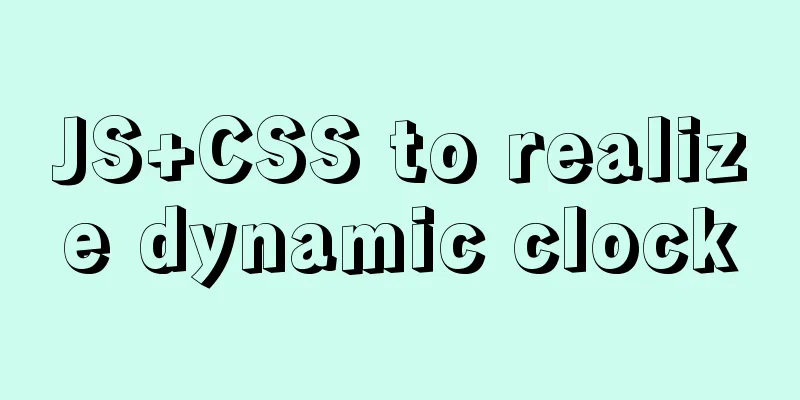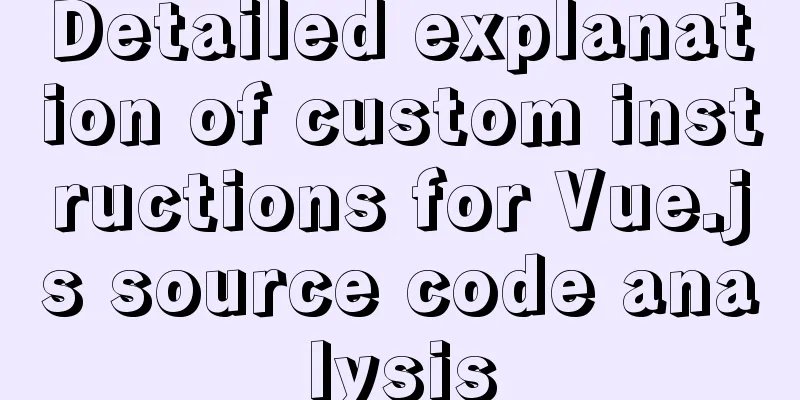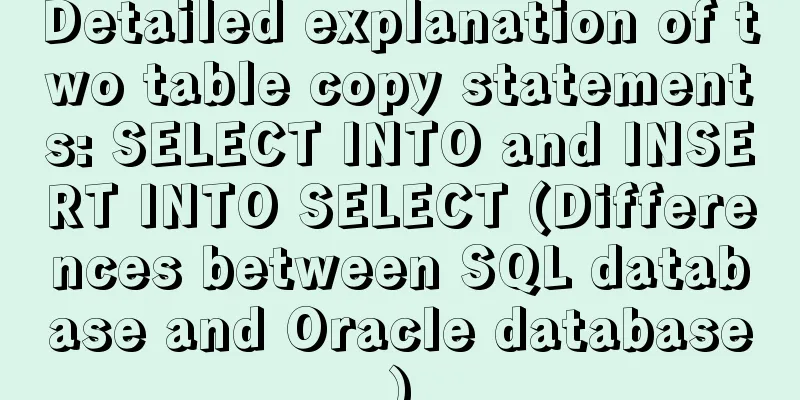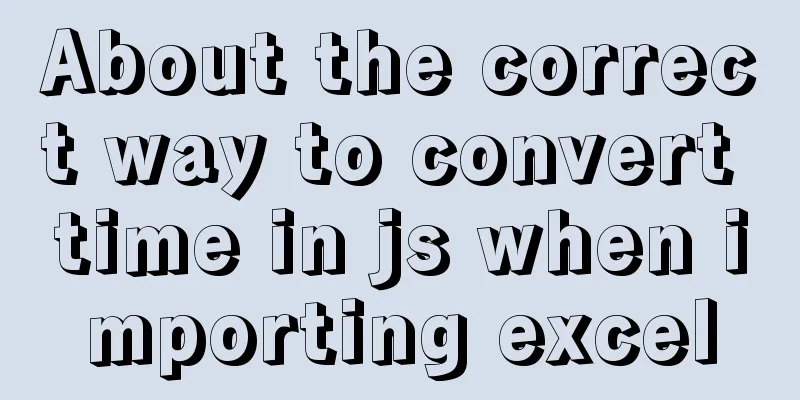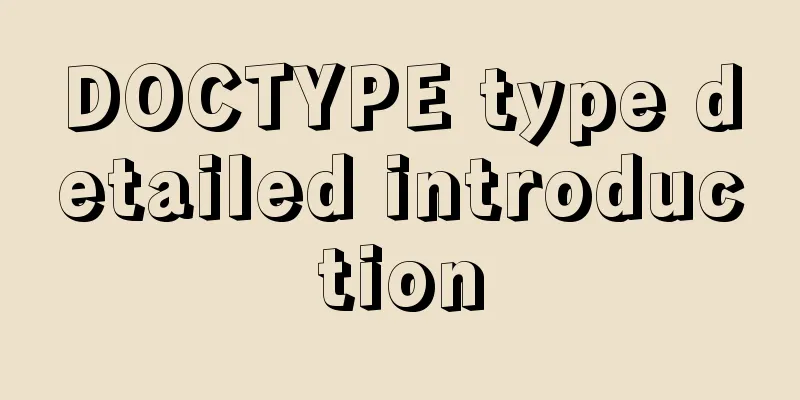Summary of XHTML application in web design study

|
<br />Generally speaking, the file organization of "standard web pages" is XHTML CSS. XHTML is mainly used to represent the structure of web pages and display content, while CSS is used to define the structural layout and modify the content style. XHTML commonly used for layout generally includes: DIV: Mainly used for logical division of page content. For example, a web page generally includes header, navigation, sidebar, content, copyright and other responsibility partitions. At this time, you can use the DIV tag to split. At the same time, the following naming is recommended for each block: The following is the quoted content: Head: <div id="masthead"></div> Navigation: <div id="globalnav"></div> Sidebar: <div id="navbar"></div> Content: <div id="content"></div> Copyright: <div id="copyright"></div> Note: The ID is unique, that is, the ID cannot appear more than twice in the same page. Otherwise use class. ul: It was originally an unordered list and is often used in XHTML CSS applications to represent non-structural equivalent elements. Need to be used with UL's child element LI. The following is the quoted content: <div> <ul> <li><a href="#">Link1</a></li> <li><a href="#">Link2</a></li> <li><a href="#">Link3</a></li> </ul> </div> span: If you compare this element with DIV, span is a bag and div is a box (from Xiaoyi: Basic Application of XHTML Code). In fact, div is a block-level element, and span is an inline element (see inline elements and block-level elements). Span can be used to separately define a fragment of elements in a section or a row of elements. for example: The following is the quoted content: <ul> <li><span>(2006-11-13)</span>Summary of XHTML application in XHML CSS layout</li> </ul> By defining span as left/right floating in CSS, the date and title can be displayed on both sides. This is relatively used The following is the quoted content: <ul> <li>2007-11-5jb51.net</li> <li>XHML CSS layout summary</li> </ul> Much simpler. ======================================= After talking about the common XHTML tags used for layout, there are also XHTML tags that are used to display web page content. for example: The following is the quoted content: <img src="" alt="" title="" /> represents an image <a href="" title=""></a> indicates a hyperlink <hn></hn>(n=1,2,...,6) indicates the page content title. h1-h6 are recommended in descending order of importance, with h1 being the most important title (see greengnn: div css naming reference) The original <b></b> and <i></i> tags for bold and italic are replaced by <strong></strong> and <em></em>. |
<<: Docker image analysis tool dive principle analysis
>>: Causes and solutions for cross-domain issues in Ajax requests
Recommend
XHTML Getting Started Tutorial: XHTML Tags
Introduction to XHTML tags <br />Perhaps you...
JavaScript dynamically generates a table with row deletion function
This article example shares the specific code of ...
How webpack implements static resource caching
Table of contents introduction Distinguish betwee...
Analysis and explanation of the differences between DIV, Table and XHTML website building
To put it simply, website construction is about &q...
Detailed tutorial for installing mysql 8.0.12 under Windows
This article shares with you a detailed tutorial ...
An example of using CSS methodologies to achieve modularity
1. What are CSS methodologies? CSS methodologies ...
js to achieve simple product screening function
This article example shares the specific code of ...
Detailed explanation of the Docker container lifecycle architecture and the differences between it and VM
Container lifecycle The life cycle of a container...
Some common advanced SQL statements in MySQL
MySQL Advanced SQL Statements use kgc; create tab...
About the difference between js typeof and instanceof in judging data types and their development and use
Table of contents 1. typeof operator 2. instanceo...
Teach you how to use Portainer to manage multiple Docker container environments
Table of contents Portainer manages multiple Dock...
Window.name solves the problem of cross-domain data transmission
<br />Original text: http://research.microso...
Two implementations of front-end routing from vue-router
Table of contents Mode Parameters HashHistory Has...
Vue uniapp realizes the segmenter effect
This article shares the specific code of vue unia...
SystemC environment configuration method under Linux system
The following is the configuration method under c...
